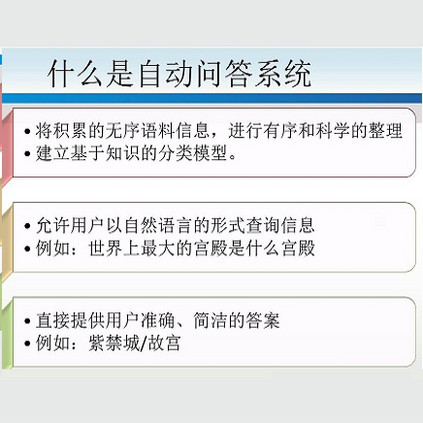Large language models have achieved high performance on various question answering (QA) benchmarks, but the explainability of their output remains elusive. Structured explanations, called entailment trees, were recently suggested as a way to explain and inspect a QA system's answer. In order to better generate such entailment trees, we propose an architecture called Iterative Retrieval-Generation Reasoner (IRGR). Our model is able to explain a given hypothesis by systematically generating a step-by-step explanation from textual premises. The IRGR model iteratively searches for suitable premises, constructing a single entailment step at a time. Contrary to previous approaches, our method combines generation steps and retrieval of premises, allowing the model to leverage intermediate conclusions, and mitigating the input size limit of baseline encoder-decoder models. We conduct experiments using the EntailmentBank dataset, where we outperform existing benchmarks on premise retrieval and entailment tree generation, with around 300% gain in overall correctness.
翻译:大型语言模型在各种答题(QA)基准上取得了很高的性能,但其产出的可解释性仍然难以找到。 结构化的解释,即所谓的隐含树,最近被推荐为解释和检查质保系统答案的一种方法。 为了更好地产生这种隐含树,我们提议了一个称为“循环检索-检索理性”的架构。 我们的模式能够通过系统地从文本馆舍中逐步生成解释来解释一个特定假设。 IRGR模型反复搜索合适的房舍,一次建造一个单一隐含步骤。 与以往的做法相反,我们的方法是将生成步骤和检索房地结合起来,允许模型利用中间结论,并降低基准编码-解码模型的输入大小限制。 我们使用EntailmentBank数据集进行实验,我们在那里比现有的前提检索基准和要求树生成基准高出约300%的总体正确性收益。



